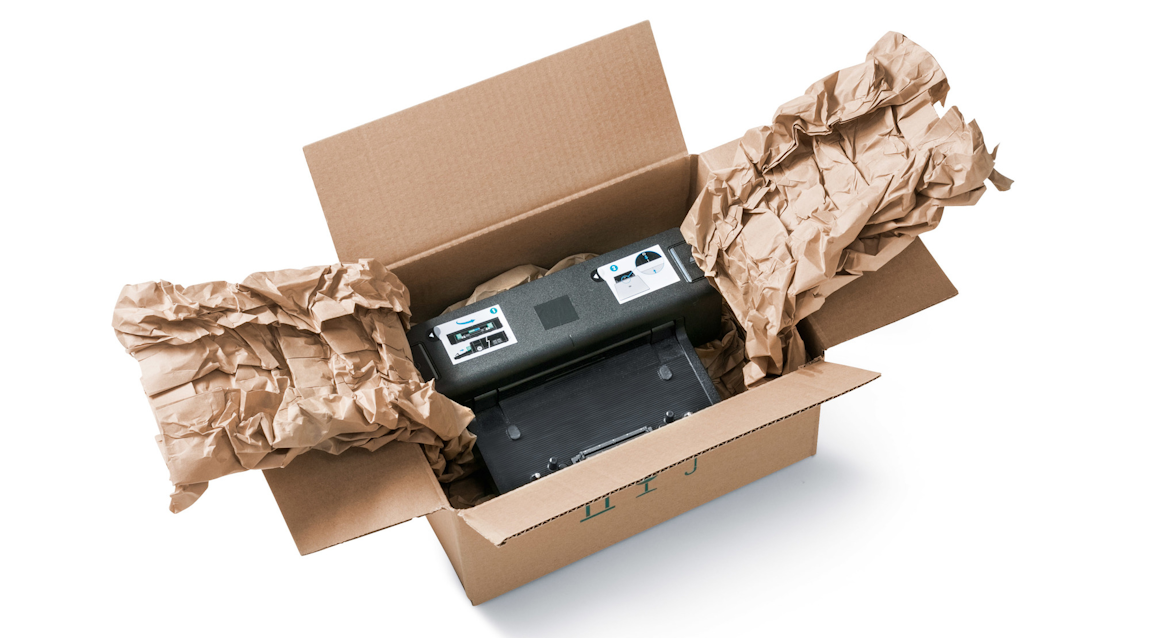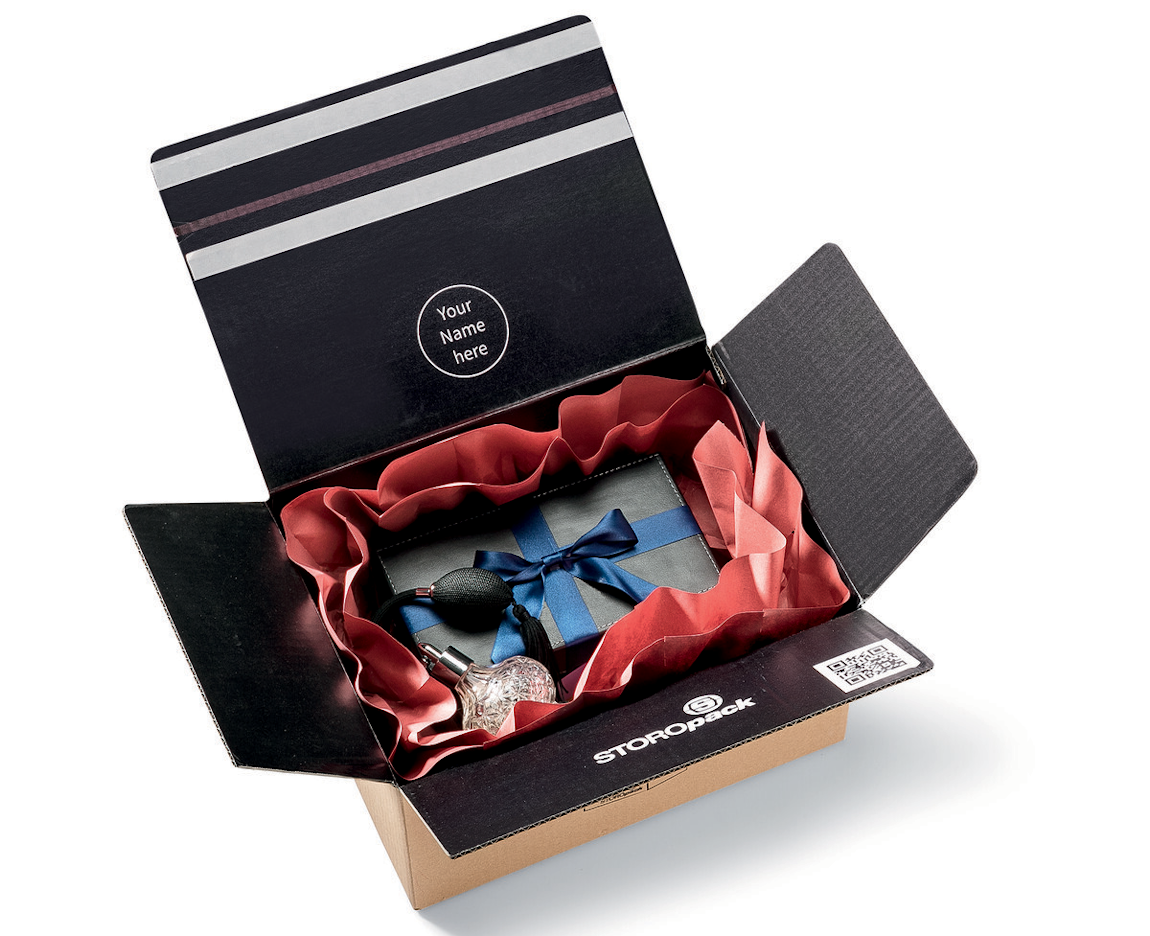In today’s world, the growth of your business relies on a suitable protective packaging solution.
In order to tackle this effectively, it’s beneficial to know what packaging types are available and which is best for your requirements.
Therefore, we’ve made things easier for you by exploring exactly this below.
The types of protective packaging
When it comes to protective packaging, there’re several categories a product could fall under. These include:
Within these categories, there are various types of protective packaging that can be further refined. For instance, take the category ‘Voidfill’ and the types of packaging that sit beneath:
Voidfill
- Paper voidfill
- Air bags
- Foam-in-place
- Loosefill
With that covered, let’s explore each protective packaging type further.












